May 17, 2025 | 14:16 GMT +7
May 17, 2025 | 14:16 GMT +7
Hotline: 0913.378.918
May 17, 2025 | 14:16 GMT +7
Hotline: 0913.378.918
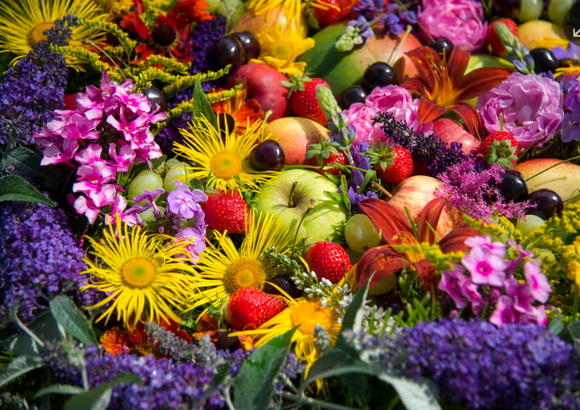
Anthocyanins have emerged as a promising candidate to ameliorate the harmful effects of microplastics on the human reproductive system. Photograph: RA Kearton/Getty Images.
Antioxidants that give fruits and flowers their vibrant colors seem to counteract some of the most dangerous reproductive system effects of exposure to microplastics, such as decreased fertility, and could ultimately be used in developing treatments, new peer-reviewed research shows.
The paper focused on microplastics’ reproductive toxicity and plant compounds called anthocyanins, which are widely found in nuts, fruits and vegetables. The new review of scientific literature on anthocyanins found that the compounds are probably protective against a range of plastic-induced impacts on hormones, reductions in testosterone and estrogen, decreased sperm counts, lower sperm quality, erectile dysfunction and ovarian damage.
“The search for natural compounds to counteract these harmful effects is ongoing, with anthocyanins emerging as a promising candidate,” wrote the study’s authors, who are with the Finland-China Food and Health Network.
“[Anthocyanins] have demonstrated potential protective effects against reproductive toxicity induced by microplastics.”
Microplastics are tiny bits of plastic either intentionally added to consumer goods, or which are products of larger plastics breaking down. The particles contain any number of 16,000 plastic chemicals, of which thousands, such as BPA, phthalates and Pfas, present serious health risks.
The substance has been found throughout the human body, and is a neurotoxicant that can cross the placental and brain barriers. It is linked to an increased risk of heart attack and cancer, in part because it appears to lodge in tissue or alter gut biome, which can increase inflammation throughout the body. Recent research linked inflammation to congestive heart failure, and the antioxidants could, in theory, mitigate issues in other systems, as well.
In the reproductive system, microplastics have been found throughout the testicles and semen. In women, they have been found in ovarian tissue, placentas, breast milk and fetuses.
In males, many of the problems stem from microplastics ability to cross the blood-testis barrier, which can cause inflammation in tissue. Some anthocyanins have been shown to improve sperm count, testes weight and spermatogenesis – a critical step in sperm development – by protecting the integrity of the blood-testis barrier, which prevents microplastics from getting in tissue.
Researchers said that mice exposed to microplastics, then treated with anthocyanins, showed increased sperm quality, including increased sperm count and motility, and the antioxidants overall reduced testicular damage.
The new paper also pointed to research that found some microplastics reduce testosterone levels because they harm Leydig cells, which are responsible for the hormone’s production. Anthocyanins seem to helped restore testosterone production and protect Leydig cells.
In women, impacts on fertility and sexual development could be mitigated by anthocyanins that seem to protect hormone receptors from plastic chemicals such as bisphenol, phthalates and cadmium. The chemicals can mimic hormones, or cause hormonal responses.
Microplastics in ovarian tissue cause inflammation that seems to lower levels of estrogen and other hormones. Research found that treating rats exposed to microplastics protected the ovarian tissue and normalized levels of estrogen and other hormones.
“Its antioxidant properties help preserve ovarian function and potentially maintain fertility, highlighting its therapeutic potential in managing ovarian damage,” the authors wrote.
(The Guardian)
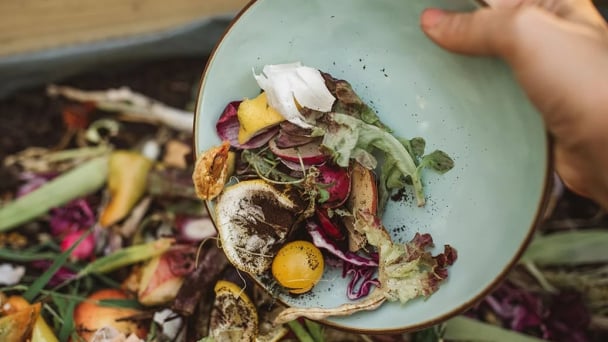
(VAN) Food waste has become a serious issue in modern society, especially in rapidly urbanizing and developing cities like Hanoi.
![Multi-channel, multi-directional Vietnamese agricultural markets: [7] Deep processing makes global reach easy](https://t.ex-cdn.com/nongnghiepmoitruong.vn/608w/files/huytd/2025/05/16/2946-che-bien-sau-chia-khoa-vang-nang-tam-nong-san-viet-tren-ban-do-the-gioi-080603_110-093858.jpg)
(VAN) The application of deep processing technology is helping Vietnamese agricultural products enhance their value, create competitive advantages, and open doors to conquer global consumers.
![Multi-channel, multi-directional Vietnamese agricultural markets: [6] Agri products go online](https://t.ex-cdn.com/nongnghiepmoitruong.vn/608w/files/content/2024/12/10/1-113313_954.jpg)
(VAN) Bringing agri products onto e-commerce platforms is an effective way to build a brand that many businesses, cooperatives, and agricultural production households are doing.
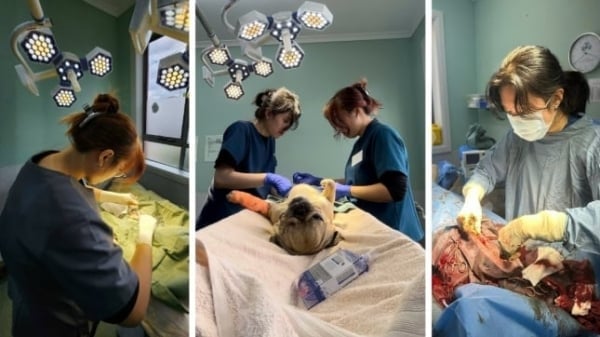
(VAN) Veterinary training should focus on quality, not just quantity. Veterinarians also need more options to pursue specialized training.
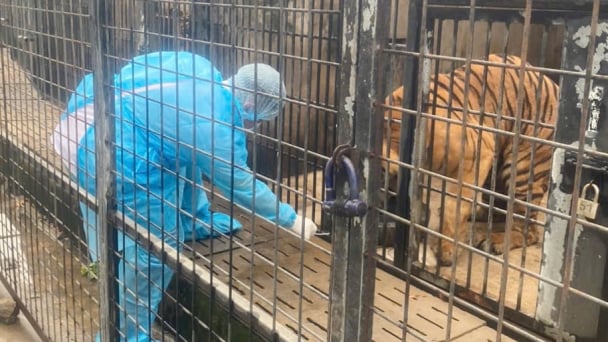
(VAN) The veterinary industry needs to be viewed objectively and further invested in to properly demonstrate its role and importance in the new context.

(VAN) The number of veterinarians graduating each year is not enough to meet actual needs, hence a difficult problem for the growing livestock industry.
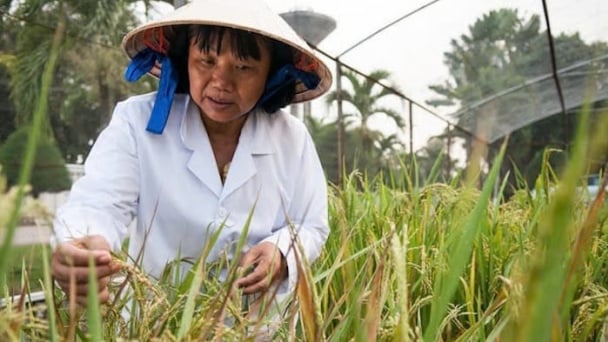
(VAN) The strategic partnership between Cambodia, the Philippines, Vietnam, and CGIAR ensures that innovative solutions effectively address national priorities for food system development.